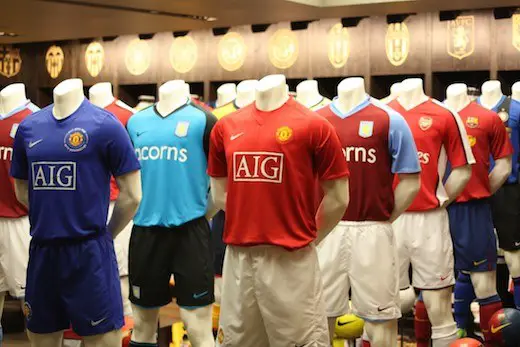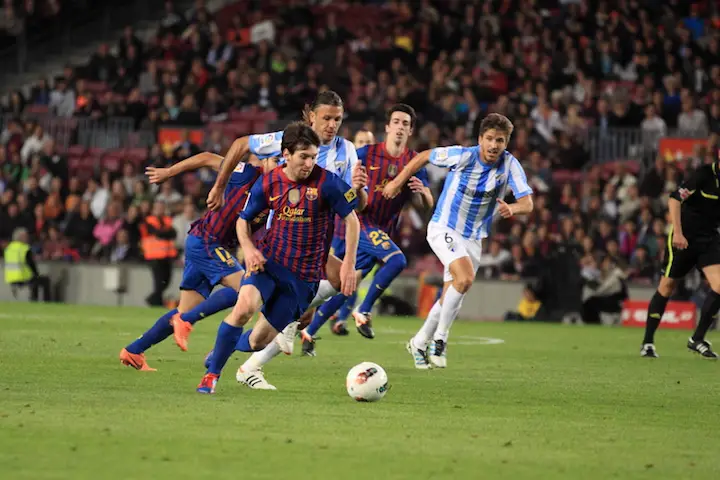- Soccer Game Length Varies Based on Format and Age of Players.
- Professional and Organized Soccer Matches Have Been Played for Over 90 Minutes Since 1897, with Added Injury Time.
- Youth and Informal Soccer Matches Have Different Lengths Depending on the Age Group and Format.
Your Guide
 Alex Waite
Alex Waite
Formal Soccer Games Last for 90 Minutes, Made up of Two Halves of 45 Minutes and a Maximum 15-Minute Break for Halftime.
However, the 90-minute match is not a UNIVERSAL RULE. The format and age of the players involved can change the length of a soccer game.
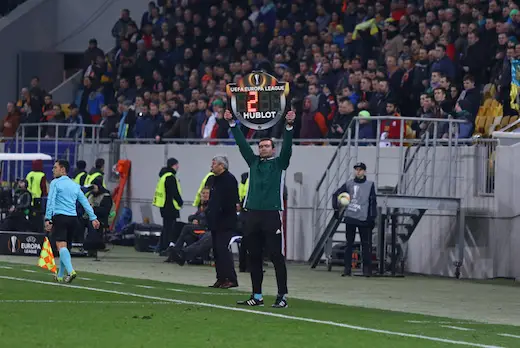
In the most extreme cases, soccer games can LAST FOR DAYS.
Matches of this length are infrequent and usually arranged by players to raise money for charity. The longest-ever soccer match was played in Cardiff and lasted for just over a week (196 hours).
There are certainly differences between professional, organized soccer and informal soccer games.
Below, we explain why a traditional soccer match lasts for 90-minutes and outline the length of different game formats.
Why 90 Minutes?
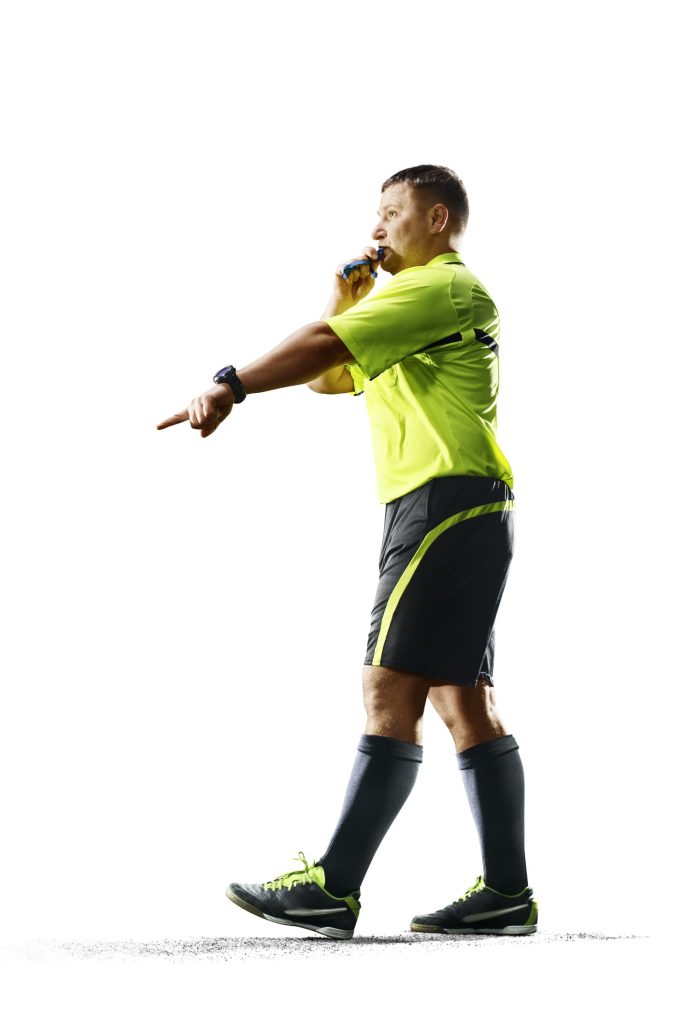
Soccer was first organized under local and regional governing bodies across the UK in the mid-19th century.
As a result, different rules were in place depending on where a team was based.
For instance, the public schools in the south played with different rules compared to the mining and factory-based teams in the north.
A problem soon arose when Sheffield FC (from the north-west) played a London XI from the south) in March 1866.
Sheffield wanted to use the ‘Sheffield’ rules and the London XI FA rules. As a COMPROMISE, the sides agreed to a determined time to play the match.
90 minutes was the agreed time, comprising two 45-minute halves. This was seen as enough time to complete a fair fixture and not too much time that the players would tire.
The 90-minute match did not catch on immediately, with regional rules still used until the late 1800s.
However, in 1897, the Soccer Association wrote into the formal rules of soccer that a game must last for two halves of 45 minutes unless teams and the referee have agreed to a different playing time before the match begins.Professional Soccer
Since 1897, professional and organized soccer matches have been played for over 90-minutes. The rule was also written into the FIFA Laws of the Game, officially bringing it into international soccer.
Some formal adaptions have been made over time to the length of soccer matches. One UNIQUE FEATURE is the inclusion of ‘injury time at the end of each half.
Unlike other similar sports, including rugby and basketball, the clock does not stop for:
- Injuries
- Substitutions
- Penalties or
- Goals Scored
In soccer, anytime for stoppages is added on at the end of the half.
This can be beneficial or negative, depending on the context of a game.
For instance, if one team is on the back foot and defending a narrow lead, usually of 1-0 or 2-1, one team will try to waste time, while the other side will attack with full force, throwing players forward to try and equalize.
One former soccer manager was infamous for intimidating officials into adding more injury time for his team to get back into a game if they were losing.
Ex-Manchester United boss Sir Alex Fergusson would often shout and berate officials into adding more injury time, so much so that fans across the country referred to additional time as ‘FERGIE TIME.’
The only time a soccer match exceeds 90 minutes is when competition rules stipulate extra time or penalties.
This rule is only used in knockout competitions, such as the last 32 in the FIFA World Cup or the final stages of the UEFA Champions League. It is only used when knockout matches end in a draw.
Two halves of 15 minutes are played during extra time. If there is still no winner after a total of 30 minutes extra time, matches are decided by a penalty shoot-out.
How Long Is a Youth Soccer Game
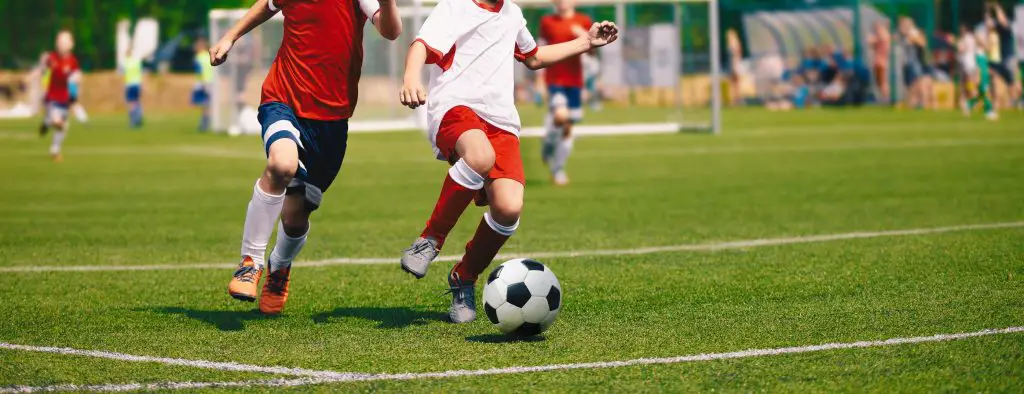
Match lengths are different in youth soccer because excessive playing time for children of certain ages CAN BE DETRIMENTAL to their physical development.
Match timings vary depending on the rules set by national and regional soccer associations. However, in most cases, children aged 16 or underplay less than 90 minutes per match.
There are no definitive rules for match lengths for younger soccer players, with each country varying its rules.
As a guide, the US Youth Soccer and it’s State Associations have the following guidelines for youth players:
- Under 19 to Under 17: Two 45-minute halves
- Under 16 to Under 15: Two 40-minute halves
- Under 14 to Under 13: Two 35-minute halves
- Under 12 to Under 11: Two 30-minute halves
- Under 10: Two 25-minute halves
- Under 9 and Under 8: Quarters lasting between four and 12 minutes
‘Kick Arounds’
Often played on the ‘POTRERO’ in South America, FAVELAS in Brazil or BLACK STREETS in urban Europe, the ‘KICK-AROUND’ is an informal soccer match.
One of the great draws of the kick around is ITS SPONTANEITY, which includes no defined length of time for a match.
Often, players will meet up and start playing with just a ball.
During a kick-around, new players can join at any time, and others can leave WHENEVER THEY WISH.
As a result, games can last between minutes and hours. Some kick-around even stops and resumes the next day.
The beauty of the kick-around is its timelessness. Players can play for any amount of time they like.
Many professional players have grown up playing in informal soccer environments.
For example, Lionel Messi grew up playing on the potrero in Rosario, Argentina, Neymar in the Favelas in Brazil and Wayne Rooney on the streets of Liverpool.
In recent years, street soccer has become more formalized through futsal and organized street soccer tournaments.
Futsal, in particular, has become popular with the FIFA Futsal World Cup launching in 1989 and growing in stature.
The playing time is shorter as futsal is played on a smaller pitch, with only five players per team.
Under FIFA rules, Futsal matches last for 40 minutes in total, split into two halves of 20 minutes.
How Long Is a Disability Soccer Game
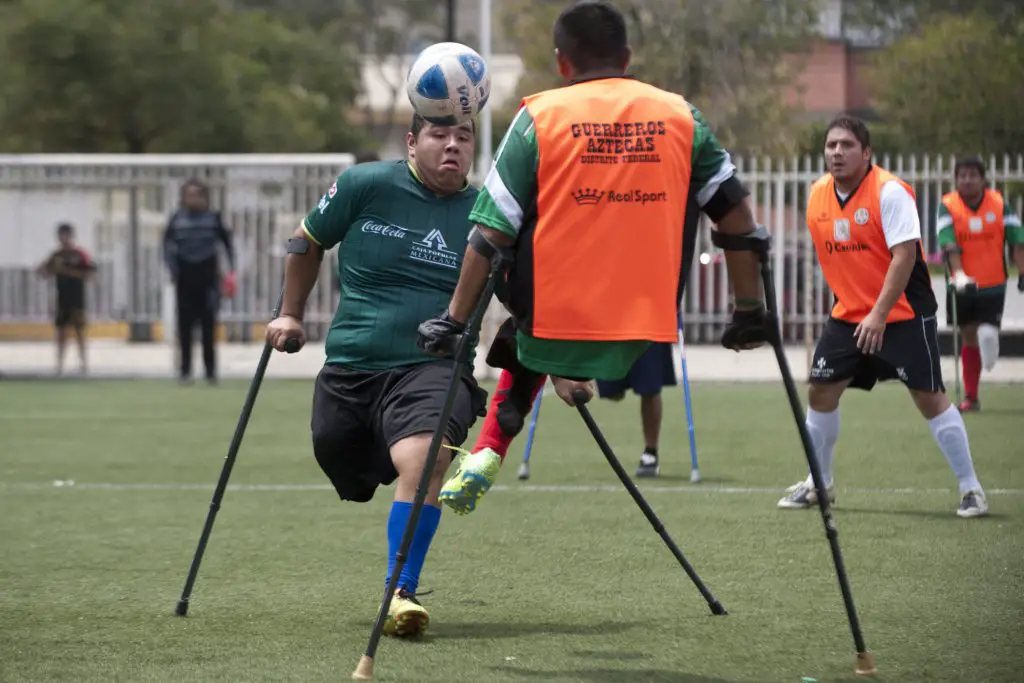
Disability soccer is becoming more popular in some countries, offering players with physical impairment opportunities to play the sport in an organized environment.
Some soccer associations and governing bodies have formal and informal leagues specifically for blind players and pan-disability leagues.
Match lengths of disability soccer do not last for 90 minutes and are adapted based on the needs of the players.
For example, blind soccer uses the same match structure as futsal, with two 20-minute periods, a smaller pitch and a hard surface.
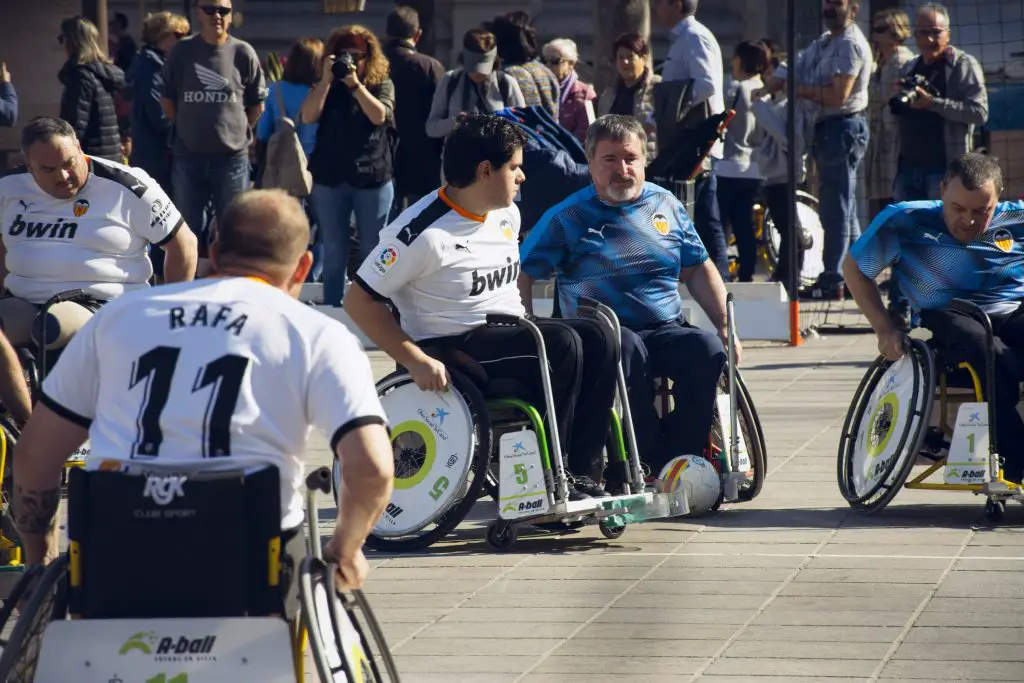
Bottom Line
The 90-minute soccer match is often regarded AS THE NORM.
It is what fans, players and coaches see when major tournaments and big soccer stars and clubs are broadcast on television internationally.
As a result, people often see a 90-minute game as standard.
But soccer is not as cut and dry as this.
In fact, many different forms of soccer now exist and the traditional 90-minute match has been adapted in various ways, depending on the participants and their requirements.
As soccer becomes more inclusive and embraces various formats, the traditional 90-minute match is not always applicable, with shorter forms regularly played by players of all abilities worldwide.
